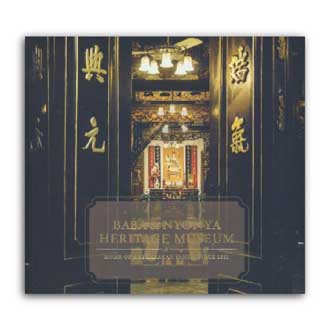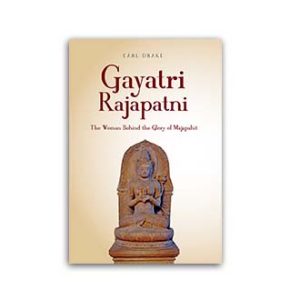This house fills me with pride. The portraits of three generations of my ancestors in the house remind me of my heritage and the rich and unique culture of the Peranakan Cina (Peranakan Chinese). This house gave me my first whiff of the aromatic spices used in our delectable cuisine, my first touch of the delicate cloth and intricate embroidery of my mother’s kebaya, and my first glimpse of porcelain wares emblazoned with an audacious mix of pink and teal, so unmistakably Peranakan Chinese. As I live and love the Peranakan Way of life, my hope is that the conservation of this house as a museum will encourage the learning, appreciation and preservation of this beautiful culture.— Chan Kim Sinn
The Peranakan Chinese developed a unique culture and lifestyle. Traditional Chinese religious practices and festivals were strictly adhered to, but everyday life was influenced by the popular culture in the towns they lived in, which were multicultural (including influences from Malay and Indian as well as colonial Portuguese, Dutch and British cultures). In Malacca, besides the Peranakan Chinese community, there is also the Malacca Chitty (Peranakan Indian) community.
The Baba & Nyonya Heritage Museum was established to reflect this cultural diversity. In I861, a Peranakan Chinese family acquired three adjoining terraced houses as their residence. Four generations lived in this household before it was opened by the family as a museum in 1985.
The house comprises three building lots and has one of the more ornate facades on the street. Ownership records reveal that the three houses had already existed in 1821. Several changes of Peranakan Chinese owners took place before Houses 170, 171 and 172 were bought by Chan Tiang Poye (uncle of Cheng Siew) in 1861. Records show a conveyance of the houses to Tiang Lock (father of Cheng Siew) in 1867, and then to Cheng Siew in 1913. Today they are numbered 48, 50 and 52.
Each house is approximately a narrow 18ft(5m) in width with House 48 as the widest, and measures an extraordinary 160 ft (48m) in length. Houses 48 and 50 formed the main residence of the family, while House 52 was the servants’ quarters. From the outside, one may notice a distinct difference between the plain wooden windows used for the servants’ house, and the intricately carved ones for the main house.
The building perhaps dates from the Dutch colonial period in the 1600s, however the current so-called Straits -Eclectic facade dates to the 1910s. The exterior is decorated with glazed tiles and wall mouldings, and crowned with rooflines that blend eastern and western elements. Chinese decorative features and gilded calligraphy are carved on doors and windows.This hybrid frontage sets the tone for the architecture and interiors of the house.
In the Dutch colonial period, the street was known as Heeren Stmat (Gentleman’s Street). Today it is named after one of Malaysia’s founding statesmen Tun Tan Cheng Lock, who was one of the street’s residents and was also a Peranakan Chinese.
For further reading, please see our newsletter.










